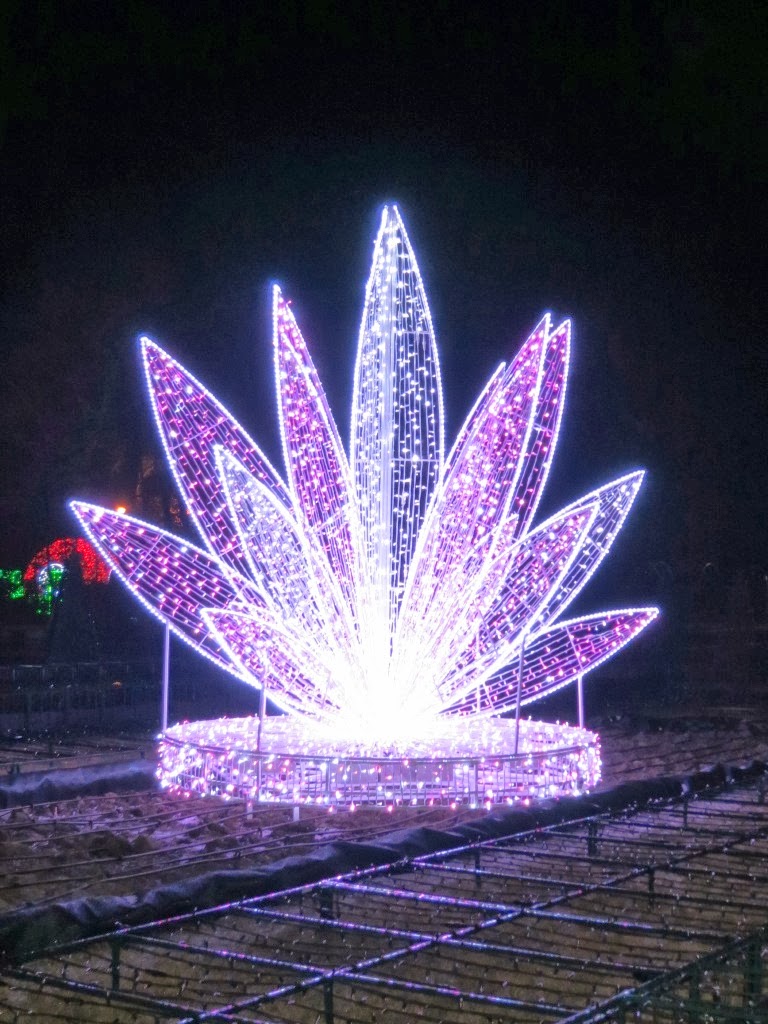Rick is having some troubles with the internet on his way to a new country he will visit now. Therefore he has asked me to post a new story today so that you do not have to wait too long. I am now in Warsaw, watering Rick's plants, so I will show you what I have been doing recently here.
* * *
Since the human family I came with has small kids, I have asked Rick to recommend me a nice park where we could spend an hour or two even on a colder day. Luckily, this winter is pretty warm in Poland. Though probably the kids would prefer to see a bit of snow. Anyway, we headed today to the Morskie Oko Park. It is located in the center of the city, next to a busy street (and a police station).
The park is not very big and in this time of the year it is not very crowded.
It owes its name to the lake located in the central part of the park. Apparently its shape resembles the Morskie Oko lake in Tatra mountains.
In the middle of the lake there is a nice fountain.
I have left the kids on a playground.
Let's check if there is any building of interest here.
Here, up the hill there is a yellowish building. I will go closer.
This is the palace of the Szuster family. It was originally built in the eighteenth century, then rebuilt in the nineteenth, based on a desing by Henryk Marconi. It was destroyed during Worldk War II and rebuilt in 1960s, just like many other buildings of this type in Warsaw (remember Królikarnia?).
Unfortunately, it is not in its best shape today.
What is pretty amazing is that just next to the palace there is a public school ...
... and appartment blocks from the 1960s and 1970s, built in the socialist style.
When going down the hill I have noticed a small structure. This is the tomb of the Szuster family. It must have been very practical when the whole areas belonged to the family, probably a bit less nice nowadays. Especially for the neighbours.
Let's walk down the alley back to the playground where I have left the human family.
I only propose we stay a moment next to the fountain and enjoy the silence while we still can.





















































